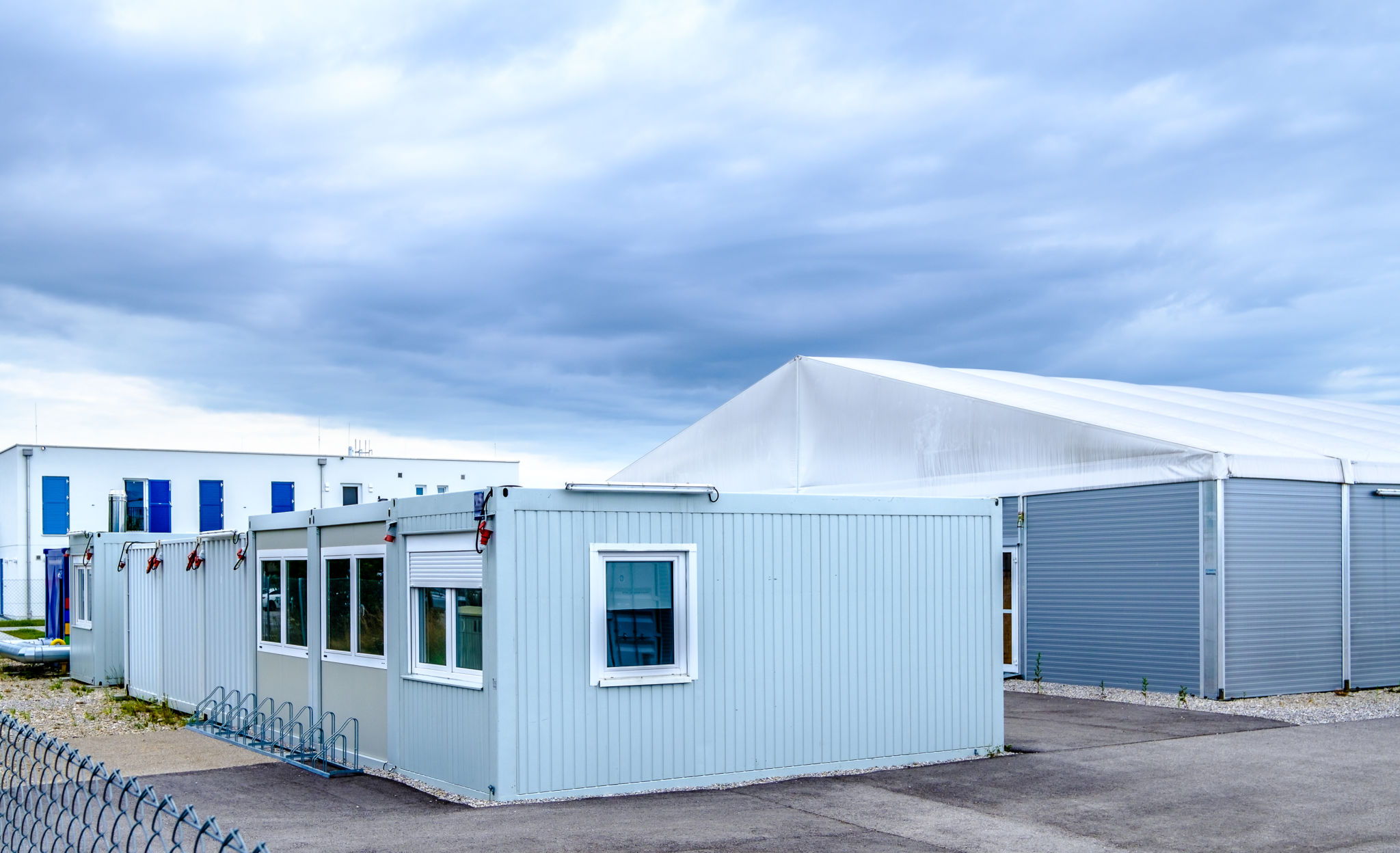DIY Tips for Customizing Your Shipping Container Home
Understanding the Basics of Shipping Container Homes
Shipping container homes have gained popularity due to their affordability, durability, and sustainability. Their modular nature allows for easy customization, making them an excellent choice for DIY enthusiasts. However, before diving into the customization process, it's essential to understand the basics. Shipping containers are made of corrugated steel, known for its strength and resilience. These containers come in various sizes, with the most common being 20ft and 40ft in length.

Planning Your Design
The first step in customizing your shipping container home is planning your design. Consider the layout and how you intend to use the space. Will it be a single-container home, or will you combine multiple containers? Think about the placement of rooms, windows, and doors. It's crucial to have a clear vision before making any modifications. You can use software tools or consult with an architect to create a detailed plan.
When planning your design, also consider factors such as insulation, ventilation, and access to natural light. These elements play a significant role in ensuring your home is comfortable and energy-efficient.
Insulation and Ventilation
Proper insulation is vital for maintaining a comfortable temperature inside your shipping container home. Since steel conducts heat, you must choose the right insulation material to prevent heat loss in winter and heat gain in summer. Common insulation types include spray foam, rigid foam boards, and fiberglass batts.
Ventilation is equally important to ensure fresh air circulation and prevent moisture buildup. Installing windows and vents can help maintain good air quality and reduce the risk of mold and mildew.

Creating Openings: Windows and Doors
Adding windows and doors not only provides ventilation but also enhances the aesthetic appeal of your container home. When cutting openings in the container's structure, ensure you reinforce the areas to maintain structural integrity. Use high-quality frames and seals to keep out drafts and water.
Consider the placement of windows and doors to maximize natural light and optimize views. Large windows can make small spaces feel larger and more open.
Interior Design Ideas
Once the structural elements are in place, it's time to focus on interior design. A minimalist approach often works well in container homes due to limited space. Opt for multi-functional furniture that saves space while adding style. For example, a sofa bed or foldable dining table can be practical choices.

Use light colors on walls and ceilings to create an airy feel. Incorporating mirrors can also help make spaces appear larger. Don't forget to add personal touches with decor elements like artwork, plants, and textiles that reflect your style.
Exterior Customization
The exterior of your shipping container home offers plenty of opportunities for customization. You can paint the exterior with weather-resistant paint in a color that suits your taste. Adding cladding or siding can provide additional protection against the elements while enhancing visual appeal.
Consider landscaping around your container home to blend it with the surroundings. Decks, patios, and outdoor living spaces can expand your living area and provide a great spot for relaxation.

Sustainability Features
One of the significant advantages of shipping container homes is their potential for sustainability. Incorporate eco-friendly features such as solar panels for energy efficiency and rainwater harvesting systems for water conservation. Using recycled or reclaimed materials for interior finishes can further reduce your environmental footprint.
Implementing a green roof or vertical garden can improve insulation while providing a habitat for local wildlife. These features not only enhance sustainability but also add beauty to your home.
Final Touches
As you near the completion of your DIY shipping container home project, focus on the final touches that will make it truly yours. Personalize each room with unique decor items that reflect your personality. Ensure all systems, such as plumbing and electrical, are functioning correctly before moving in.
Remember that customizing a shipping container home is a journey that requires creativity and patience. With careful planning and attention to detail, you can create a stylish, functional space that meets your needs.
